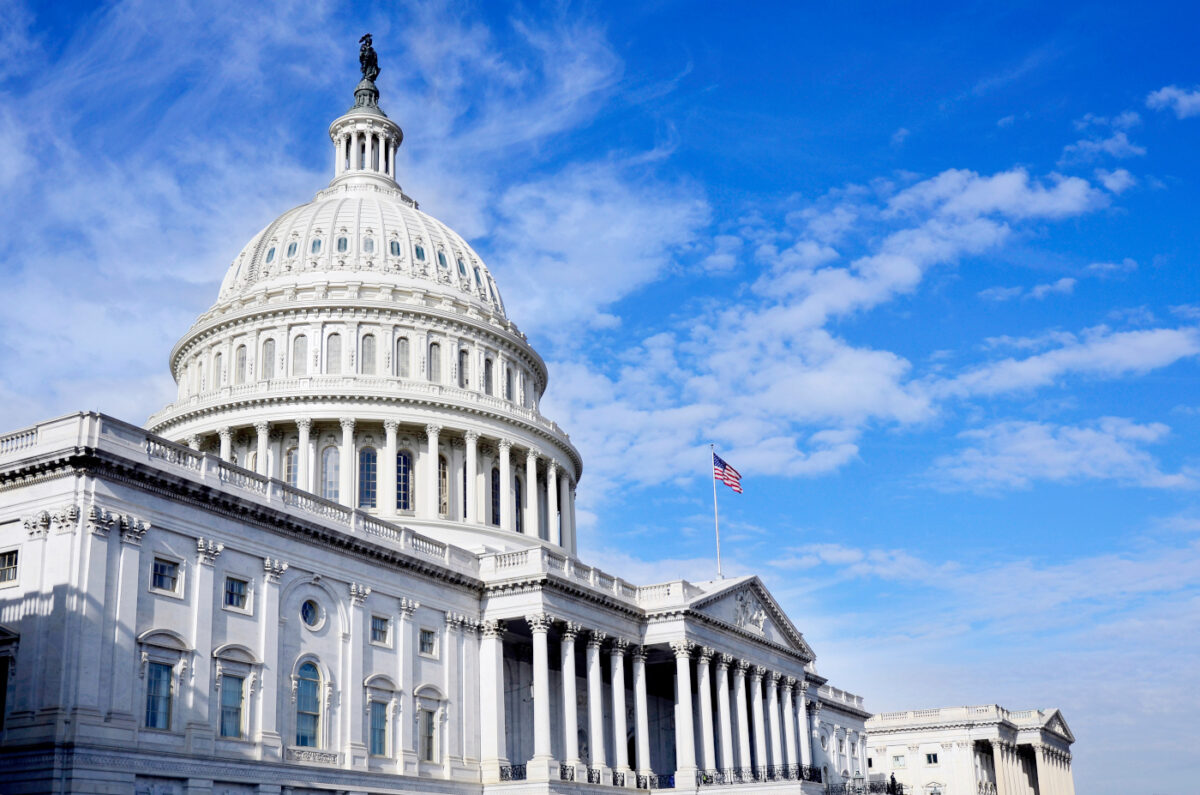
Author
Craig Wilson, JD, MPA
Director, Health Policy
Contact
ACHI Communications
501-526-2244
jlyon@achi.net
A new report from the Milbank Memorial Fund has mixed findings on the state of primary care in Arkansas. Published Feb. 28, the report, entitled “The Health of U.S. Primary Care: 2024 Scorecard Report — No One Can See You Now,” assesses measures of access, financing, workforce training, and research and identifies reasons why primary care is inaccessible for many people.
Arkansas performed better than national averages on several measures. From 2016 to 2021:
- Arkansas had 120 primary care clinicians (physicians, nurse practitioners, and physician assistants) per 100,000 people in areas above the median social deprivation index — a composite measure of levels of disadvantage for certain areas using demographic characteristics such as the percentage of people living in poverty, the percentage of people with less than 12 years of education, the percentage of single-parent households, and the percentage of households without a car. Nationwide, there were 112 primary care clinicians per 100,000 people in areas above the median social deprivation index.
- Arkansas had 47 nurse practitioners per 100,000 people in areas above the median social deprivation index, compared to 32 per 100,000 people nationally. In areas below the median social deprivation index, there were 24 nurse practitioners per 100,000 people in Arkansas, compared to 21 per 100,000 people nationally.
- Arkansas had a higher percentage of physicians, nurse practitioners, and physician assistants working in primary care (33%) than the nation as a whole (29%). Among physicians, the percentage working in primary care in Arkansas was 29%, compared to 27% nationally. Among nurse practitioners, 41% were working in primary care in Arkansas, compared to 34% nationally, and among physician assistants, 36% were working in primary care in Arkansas, compared to 30% nationally.
The report highlights disparities in access for Arkansans living in rural and underserved areas, many of which are areas below the median social deprivation index. From 2016 to 2021:
- Arkansas had 68 primary care clinicians per 100,000 people in areas below the median social deprivation index, compared to 100 per 100,000 people nationally.
- Arkansas had 40 primary care physicians per 100,000 people in areas below the median social deprivation index, compared to 68 per 100,000 people nationally. There were only three physician assistants per 100,000 people in areas below the median social deprivation index in Arkansas, compared to 11 per 100,000 people nationally.
In 2021, 28% of new physicians in Arkansas were entering the primary care workforce, compared to 22% nationally. Arkansas’s percentage was up seven percentage points from 21% in 2012.
The pipeline for primary care physicians in Arkansas lags the nation, although it is improving. In 2021, Arkansas had 37 medical residents per 100,000 people, compared to 46 per 100,000 people nationally. However, Arkansas’s rate was up from 26 per 100,000 people in 2012. The number of primary care residents in Arkansas is also up — from 11 per 100,000 people in 2012 to 20 per 100,000 people in 2021. On this measure, Arkansas is just ahead of the national rate of 17 per 100,000 people.
Arkansas has drastically increased the percentage of medical residents trained in community-based settings — from 5% in 2013 to 20% in 2021. Given that medical residents are likely to practice in the area where they train, this increase bodes well for rural communities in Arkansas.
The report indicates that the federal investment in primary care research in Arkansas increased from $1 million in 2017 to $6 million in 2022.
According to the report, the five reasons why primary care nationally remains inaccessible are:
- The primary care workforce is not growing fast enough to meet population needs.
- The number of trainees who enter and stay on the professional pathway to primary care practice is too low, and too few primary care residents have community-based training.
- The U.S. continues to underinvest in primary care.
- Technology has become a burden to primary care.
- Primary care research to identify, implement, and track novel care delivery and payment solutions is lacking.
ACHI recently published a report and a dashboard profiling the state’s primary care workforce, including the number of active primary care physicians, their level of activity, demographics, and the payer mix. ACHI also published an analysis of graduate medical education data showing that the number of first-year residency slots in Arkansas has not kept pace with the number of medical graduates, although the gap is closing.
An interim study proposal filed by Arkansas Sen. Missy Irvin and adopted by the Arkansas General Assembly would initiate an assessment of the amount of money invested in primary care providers and primary care services across the state. In partnership with the Milbank Memorial Fund, the Primary Care Collaborative launched a state primary care investment hub to assess primary care investment at the state level. According to the Primary Care Collaborative, multiple states have enacted legislation that examines primary care spending, and some have gone as far as to establish minimum thresholds for primary care spending.





